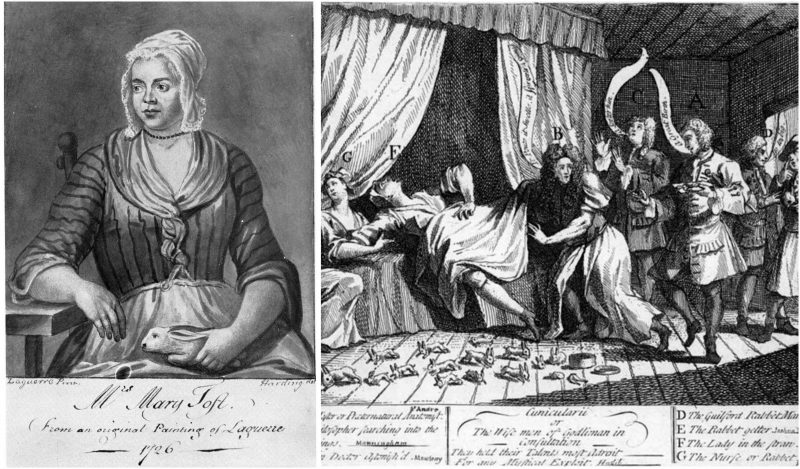The curious case of Mary Toft is an infamous medical hoax of the 18th century. In 1726, the news about a woman giving birth to rabbits reached the king’s office.
The king sent Nathaniel St-André, a Swiss surgeon who worked at the Royal Household, and the surgeon Cyriacus Ahlers to investigate the case.
Cyriacus Ahlers remained skeptical but St André later claimed that he helped with the delivery of fifteen rabbits.
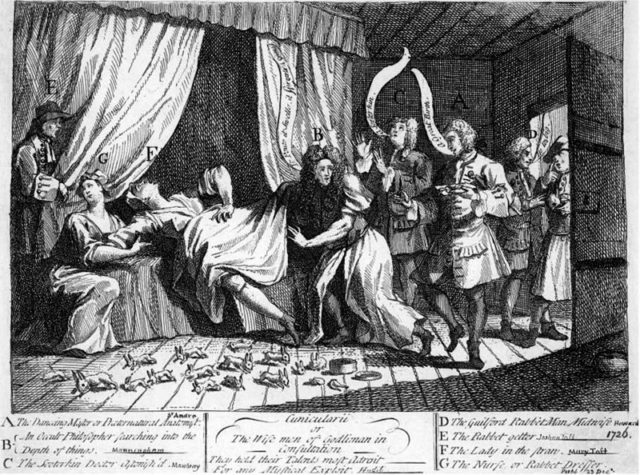
Mary Toft was a 24-year-old woman from Godalming, Surrey, married to a journeyman clothier named Joshua Toft. They had already three children when Mary Toft became pregnant with the fourth.
Unlike with the other three pregnancies, she was supposed to work in the fields but she started complaining about severe pains early in her pregnancy. She had a spontaneous miscarriage, egesting several pieces of flesh.
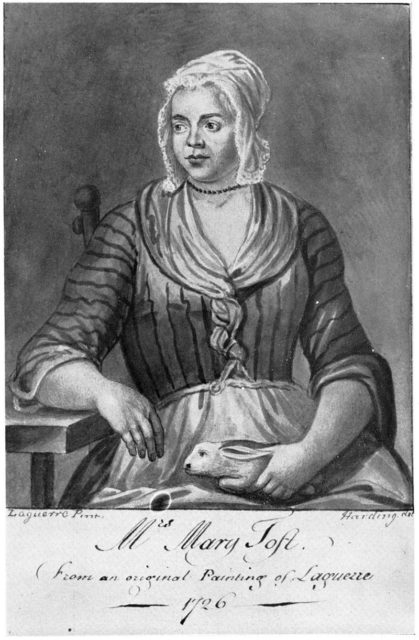
However, just a month later she went into labor again. Her neighbor and mother-in-law were present and witnessed the birth of something that looked like a liverless cat.
So the mother-in-law, Ann Toft, reported the situation to the local obstetrician John Howard, who visited Mary the next day and helped her deliver more animal parts.
According to Howard’s data, over the next month he delivered a rabbit’s head, the legs of a cat, and then nine dead baby rabbits.
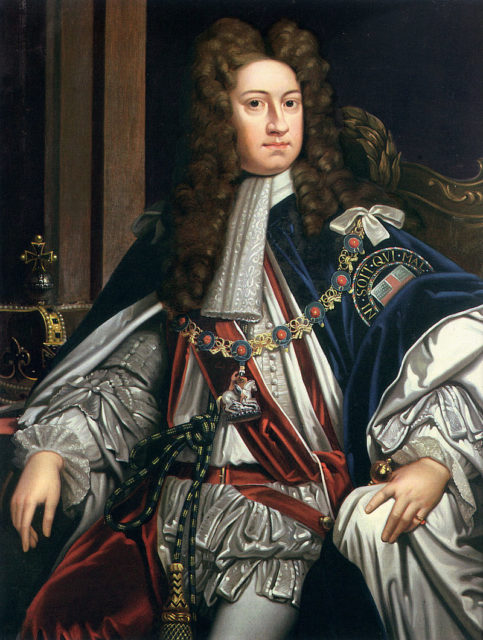
It was then that Howard informed doctors and scientists all around England and the news got to the King who sent his two best surgeons. St. André and Ahlers arrived within a month in Godalming and began their investigation.
Even though the examination of the rabbits confirmed that they weren’t developed in a human’s womb, St. André was still convinced that the case was genuine and went back to present the case to King George I and the Prince of Wales.
St. André was so fascinated with the case that he staged a demonstration in London in order to present how it was possible for a woman to give birth to a rabbit.
He even brought Mary Toft to London and published a paper, A Short Narrative of an Extraordinary Delivery of Rabbits.
But a few days after Mary’s arrival in London, independent investigators claimed that the case was a hoax, after which Mary herself confessed that she herself put the animal parts and the newly born rabbits in her body.
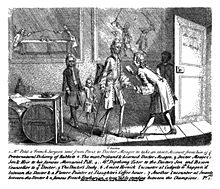
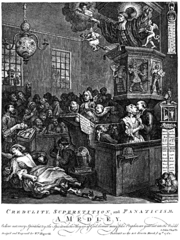
After this, St André lost his job in the Royal Household, being refused an audience with the king. Later he only managed to keep the position of court anatomist. As for Mary, she and the local doctor Howard were brought to court where Howard was fined £800 (£107,000 today).
Mary was imprisoned as a fraud. Doctor Howard returned to Surrey and continued his practice and died in 1755. Mary was discharged because it wasn’t clear what could be actually done against her.
She gave birth to another child in 1727 and reappeared in the media after she was imprisoned for receiving stolen goods. She died in 1763.
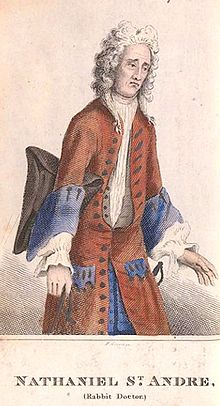
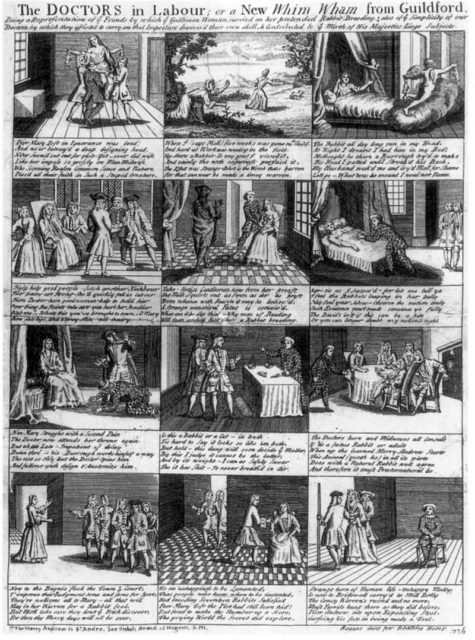
The case was very popular in the English media, especially since it brought into question the professionalism of many surgeons who lost their status and jobs just as St. Andre did due to this case.
Alexander Pope and William Pulteney published an anonymous ballad in 1716, The Discovery or, The Squire Turn’d Ferret, which starts with the following verse:
Most true it is, I dare to say,
E’er since the Days of Eve,
The weakest Woman sometimes may
The wisest Man deceive.
